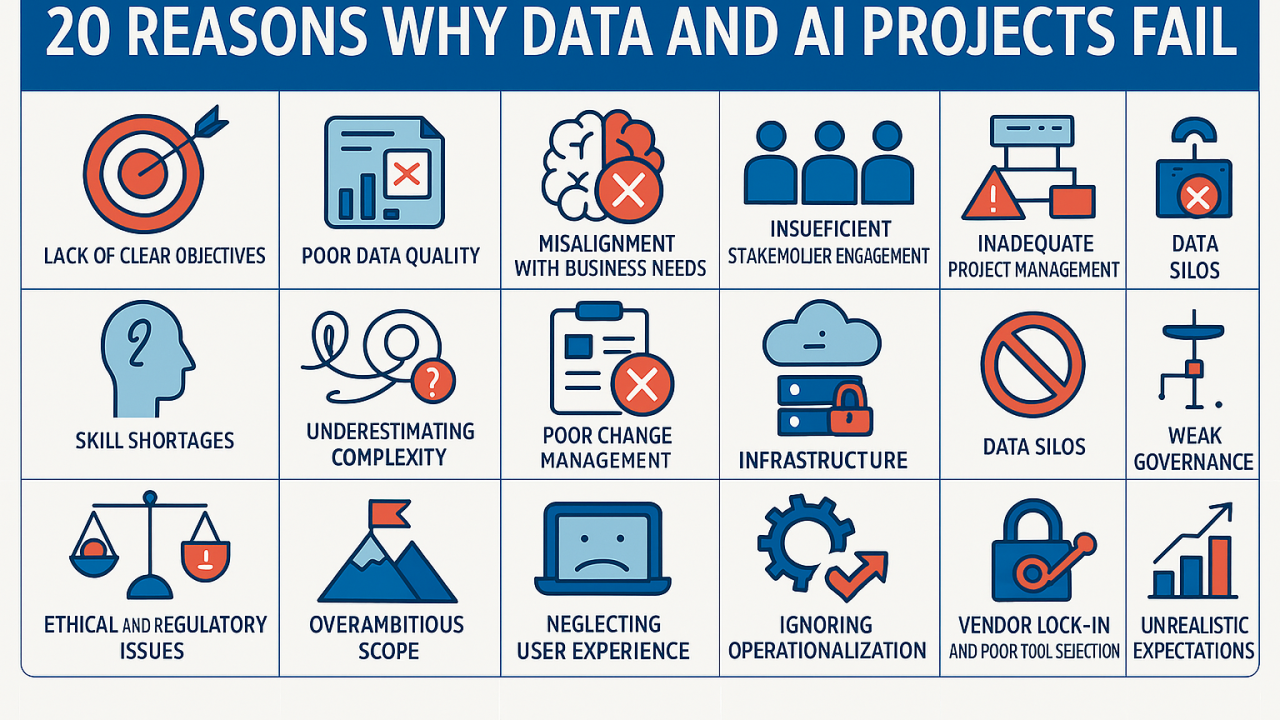

Multi-cloud strategy can seem appealing at first. But as firms scale, they’re hit with overwhelming issues that can break more than the bank

It’s inefficient, complex, and costly.
Multi-cloud requires specialized teams with diverse skills, each struggling to maintain consistent security standards across platforms. Every cloud operates differently, forcing teams to juggle multiple workflows, leading to friction and inefficiencies.
In theory, a multi-cloud setup sounds like resilience. But here’s the reality:
Acquisitions drive it – Big firms often end up multi-cloud not by choice but by absorbing companies with different providers.
Shadow IT grows it – Employees adopt preferred clouds for their projects, creating a patchwork until management takes control.
Even regulatory concerns can make multi-cloud seem appealing at first. But as firms scale, they’re hit with overwhelming costs and the operational overhead of managing multiple clouds, each demanding its own teams and resources.
The challenge? Running a single cloud well is already complex. Cloud-native strategies require deep workflow redesign, business and Tech, not just replicating traditional IT on new infrastructure. And security? Achieving consistent control and compliance across multiple clouds is a massive challenge.
Instead, I advocate for a focused approach:
Select one primary cloud provider, with small, isolated repositories in a secondary cloud only if absolutely necessary (think redundancy).
But beware: as soon as data needs to flow between clouds, you’re back to managing costly, complex “bridges” that dilute the original benefits of a single cloud strategy.
China, though, is a special case, where regulatory isolation mandates multi-cloud—but even here, environments remain siloed rather than truly integrated.
Some tools promise unified multi-cloud management, but creating a secure “landing zone” across platforms is another story. Security breaches highlight the difficulties companies face even with a single cloud, let alone a fragmented multi-cloud setup.
Bottom line? If you have the luxury to be able to start from scratch: Select a primary cloud strategically – Governance, compliance, security, and vendor reputation all matter.
Prepare a flexible migration plan. It’s not about picking the next “perfect” cloud as it might not exist when you build the plan, but having a roadmap for a smooth transition.
Do you think multi-cloud is worth the hype? Or is a focused approach more sustainable?
Let’s discuss .
Expert analysis on data, cloud, and change management.

Europe can't afford to play catch-up. While others race to 3nm, we should leap directly to 2nm, just like Japan is doing with Rapidus. It’s bold, risky, and exactly what we need. In this article, I argue why Europe should go all-in on 2nm and what it would take to make it happen.

Are you a Prompt Engineer? Discover what it is really about.

Avoid AI an Data failure, learn from other company's mistakes
Expert guidance for seamless cloud and data transitions. Unlock value, ensure compliance, and lead with confidence.